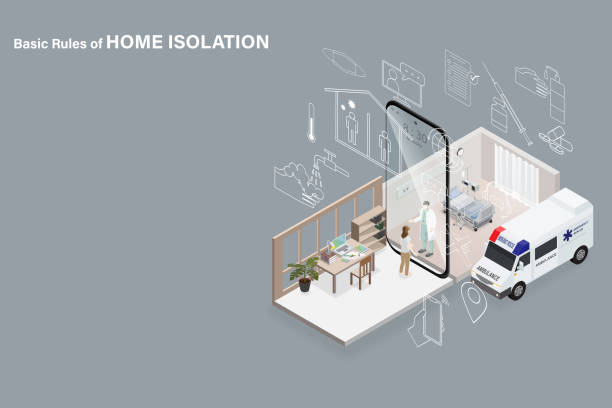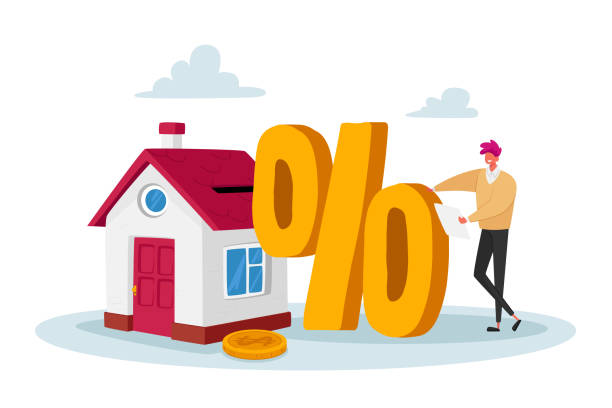Just remarkable are the breakthroughs made within the last few years of 3D printing in all walks of industries, from manufacturing and healthcare to innovation and even medicine. One of the most exciting is the rise of 3D-printed houses. This revolutionary method claims to bring a revolution to the housing market with promises of cost-effectiveness and quicker production. Indeed, changes will definitely be brought about in mortgage financing and property valuation as more homes are to be built in the future with 3D printing technology.
Table of Contents
ToggleWhat Are 3D Printed Homes?
The materials are staged layer by layer through additive techniques in building up the structure. The most common materials to be used are concrete or any other material that can be used specifically, thus allowing very fast and complex constructions. Custom housing with a cheaper price than a regular house, completed in a fraction of the time taken to build a house with traditional construction techniques.
Effects on Mortgage Financing
Lower construction costs
One of the brightest features about 3D-printed houses is the cost-saving aspect during construction. Inefficiencies are simply decreased because the building process is done more efficiently, which lowers labor and material inputs and, therefore, reduces the cost at which homes can be sold to consumers. Perhaps construction costs going down might mean a lower mortgage and the potential for interest rates. For instance, lenders would perceive these 3D-printed houses as being lower-risk ventures. Whereby cost-cutting increases the accesses of large populations to homeownership
Shorter Construction Timelines
Conventional homes require a longer period to construct and may take months or even years to be completed. 3D printing allows the capacity for accomplishment of home building within days. Thus, this fastened time factor will impact the financing of mortgages. Buyers may potentially have much-reduced periods between the time when loan approval is granted and when actual homeownership occurs. This might force lenders to make their systems more flexible to allow for shorter turnaround times and, in fact, accelerate their approval process for a buyer of a 3D printed house.
New Financing Models
Thirdly, the possible ready availability of 3D-printed homes will inspire new financing models. For instance, there is the possibility of well-designed mortgage products that would specifically take into account all the features of 3D-printed houses: down payments or customized loan terms. The increased affordability of such houses may equally spur demand for non-traditional finance options, thus making choices diverse for aspiring homeowners.
Implication on Value of Property
Change in Market Perception
The higher the usage of 3D-printed homes, the more this will increase long-run property values since it changes the perception generally held about the value of property in markets.
A good number of people will be convinced that 3D-printed homes are not as strong or robust as traditionally built structures. Over the long run, however, this perception will change since technology improves and more 3D-printed homes complete successfully. Gradually, people will pay a premium for 3D-printed homes as they understand their efficiency and modernity. Effects of Appraisal Standards
Appraisal standards must change because the uniqueness of 3D-printed homes is innovative. Appraisal criteria would shift as regards quality of material and technology in its construction. Specialized guidelines for appraisal on the 3D-printed property would be ready to adequately reflect market value.
Long Term Durability and Maintenance
The durability and maintenance of 3D-printed houses over the long run are going to be crucial for their valuation. Over time, one will realize how the houses would stand against the natural environmental conditions and make a minimum use of little maintenance. Lenders and appraisers are going to keep all this in mind while considering value estimation of 3D-printed houses. Good performances in durability and maintenance might increase their market value as well as make them desirable.
Issues and Concerns
- Regulatory and Compliance Concerns
3D-printed houses becoming part of the mainstream house market would depend heavily on the ability of the people occupying them to handle the regulatory and compliance concerns. There should be a rewritten building code and standards. The 3D-printed houses should meet or exceed the minimum safety and quality requirements for them to be embraced and adopted in such a way not to devalue the property.
- Market Adoption and Acceptance
This would impact the extent to which 3D printed houses may alter how mortgage financing and property valuation have to be approached. Just like any other new technology, it takes time for mainstream acceptance. This will be felt once the builders, lenders, and buyers embrace the benefits associated with 3D printing and allay their fears regarding the reliability and quality of the process.
Conclusion
3D printed homes will be a sea change in the housing industry with spillover effects on mortgage finance and property appraisal. Indeed, 3D printing may lower the cost of construction and accelerate the timeline of putting up new homes. This may enhance the affordability and availability of homeownership. However, the associated valuation effect for real properties would largely depend upon how well the underlying technology holds water and is adopted long term by the consumers.
The more houses the homeownership rate of 3D-printed houses takes perhaps it will grow and change the whole concept of how we perceive mortgage financing and the value of a property.

